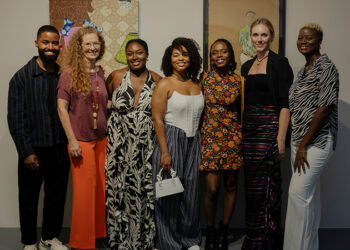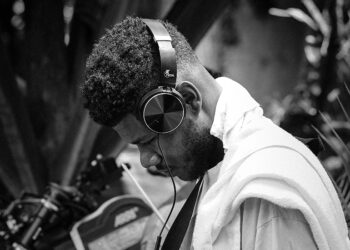Many questions are raised as to whether Jamaica can really be a place to live, work and raise families by 2030. Doubt reigns within the population as they watch the death rate steadily increase, with a major incline in the loss of women and children, they see the constant corruption of our leaders and they experience the deterioration of the economy that weakens every household’s pocket. Kingston will then be a disheartening place to reside twelve years from today with such current situations. The little dot on the map will have its people running away to find greener pastures with colder roots. Nothing will be sustained in the probability, but Tiana thinks otherwise.
“As a Jamaican, I’m interested in our history, and the stories of the spaces, of our people”, says the twenty-one years old Tiana Anglin. Being a visual artist, she envisions Kingston as a paradise years to come. With a full understanding and a positive outlook, the future of Kingston can be one that is soothing in every aspect. The realization of the importance of goal setting is one that is crucial and is always at the back of Tiana’s mind while she produces her works of art. It is this type of artwork, the type that leaves people to introspect about the ideas of this nourishment that our nation needs. This in return impacts the ideals of a country.
Not many artists focus on such a deep detailed area of the industry. When art is thought of it is just this notion of pretty pictures to be displayed. This is what lets her work float above average in such a creative space. It is more than ‘just art’. Her work exposes this beyond the surface meaning and imposition that one will need in a society to inspire its people. With these engagements, the populace can see the bigger picture, the bigger picture of Kingston.
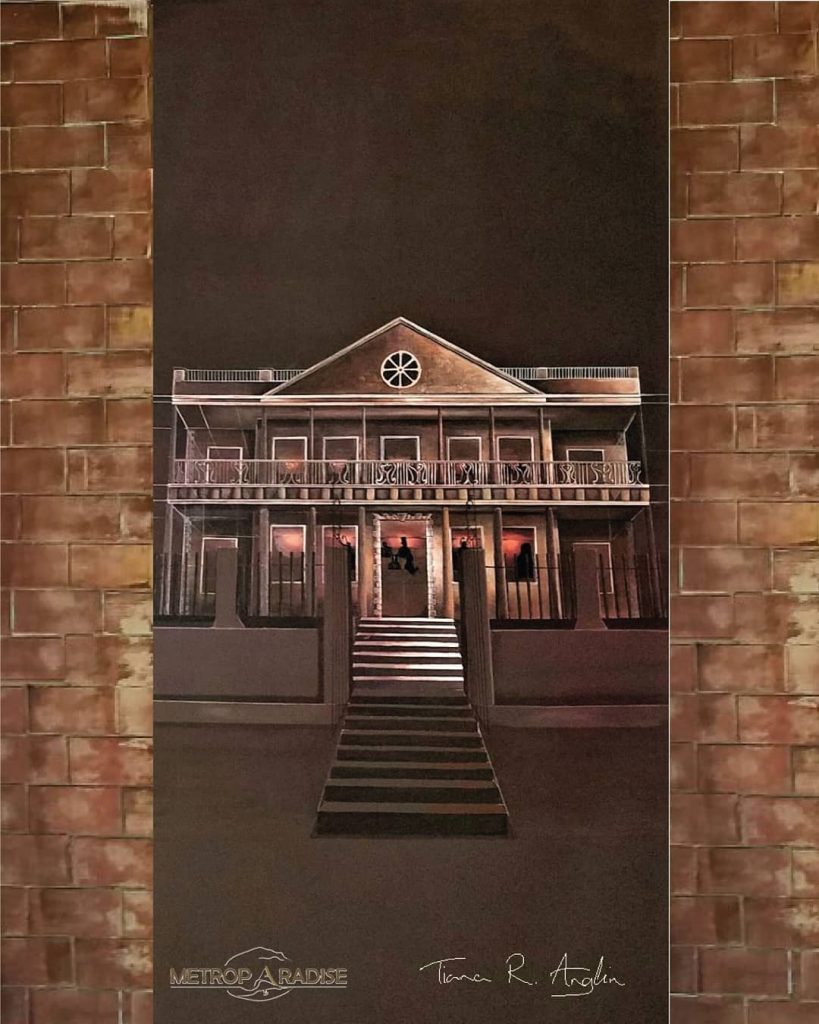
Where did the vision start? From prep school, Tiana was always known as the little girl who could draw. Give her a pencil and a piece of paper and she could work wonders. Matriculating to the Immaculate Conception High School, the passion and skill only amplified. So much so that when she had taken CXCs, there was no holding her back to launch herself in a community where creative beings thrived. The Edna Manley College of the Visual and Performing Arts received Tiana with open arms, and four years later they surely have no regrets.
Not choosing the pathway of a traditional career has crossed minds, both outsiders and insiders. But when asked, Tiana said no matter what she would “choose art over and over again”. A matter of fact, she would have taken it even more seriously from the initial stage. Support was always there growing up, but it was when reality struck, that question of financial security came into being. Nevertheless, Tiana’s mother was adamant about investing her money for her daughter to do something she loved rather than focusing on something else, especially because of societal reasons. Not many parents are able to do this, to be able to come off of the “bandwagonist” idea of their children being doctors and lawyers.
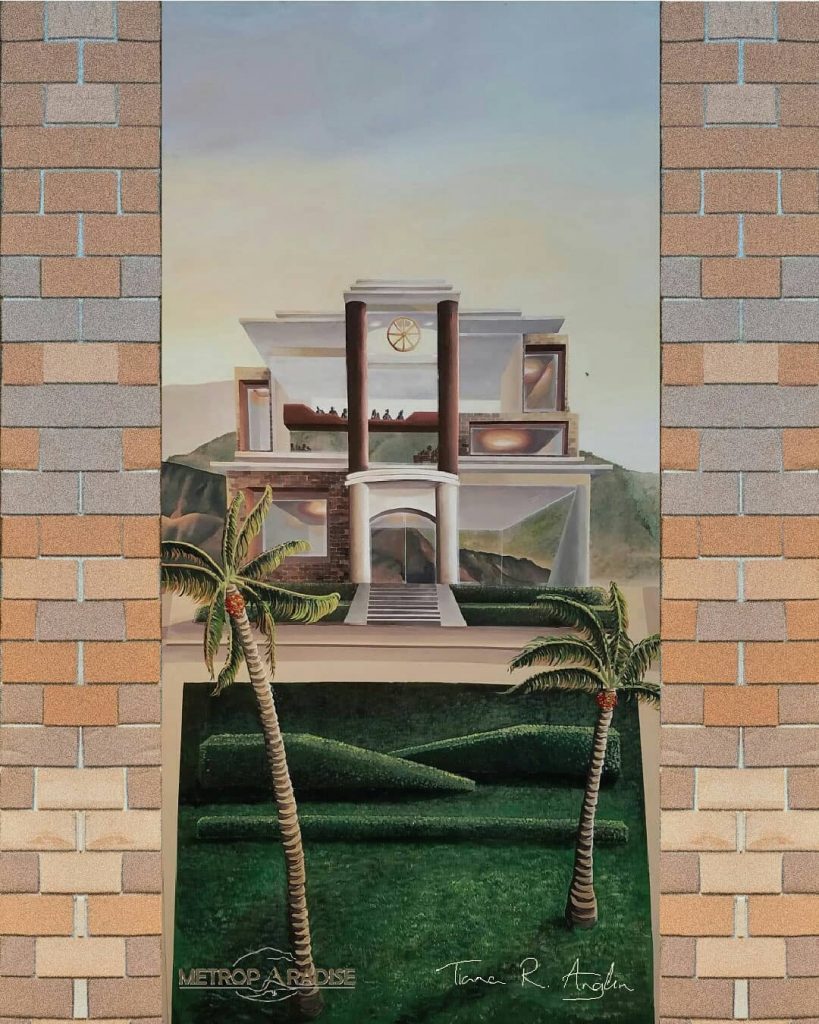
“Stop trying to under sell art and under value it, put value on it just like the traditional careers. A lot of money is spent to perfect the craft. Appreciate the craft”.
– Tiana Anglin
Jamaica loves art, there is an appreciation for it in the country. The issue is that there is not enough local investment being placed in an area that could save the country. Tiana mentions even though some spotlight is being placed on art now, especially when compared to the past, with places like Kingston Creative enabling this transformation, but so much more needs to be done nationwide.
Metroparadise, Tiana’s masterpiece of Kingston past, present and future is her most remarkable piece to date. This work of art has gotten several media recognition for not just the artwork itself, but the deeper meaning behind the piece. This symbol of being a paradise ties to national and international goals, like the Sustainable Development Goals and Jamaica’s Vision 2030. Taking her five months to complete an 11-panel drawing that took into consideration social (mostly religious), political and economic aspects of the parish, and indirectly the country; this has visualized these goals. The final four panels speak to the futuristic Kingston and how it will become a new space, free from disorder and buildings that have been neglected and afforded to decay. It will flourish in its natural landscape and be renewed with Georgian architecture techniques. Metroparadise is the future of Kingston.
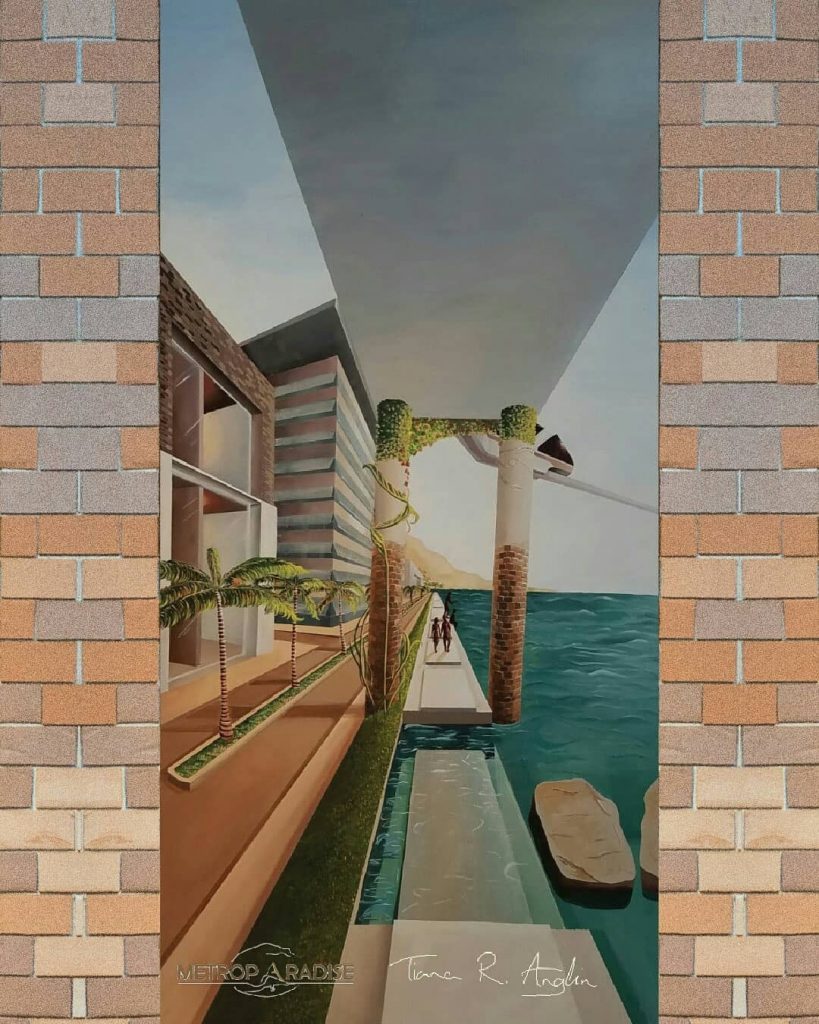
If art can be so powerful, then why as a country we fail to give it the credit it deserves. Art can bring hope to our nation, create an understanding that there is a possibility to have a desire in the betterment of places that seem disaster-prone. Artists, like Tiana, who are entrapped in knowing more about our culture, our spaces, our people and their stories will embed writings into visions that can be seen by the populace to generate change. Art can advocate for a country, so why not let it do so?



